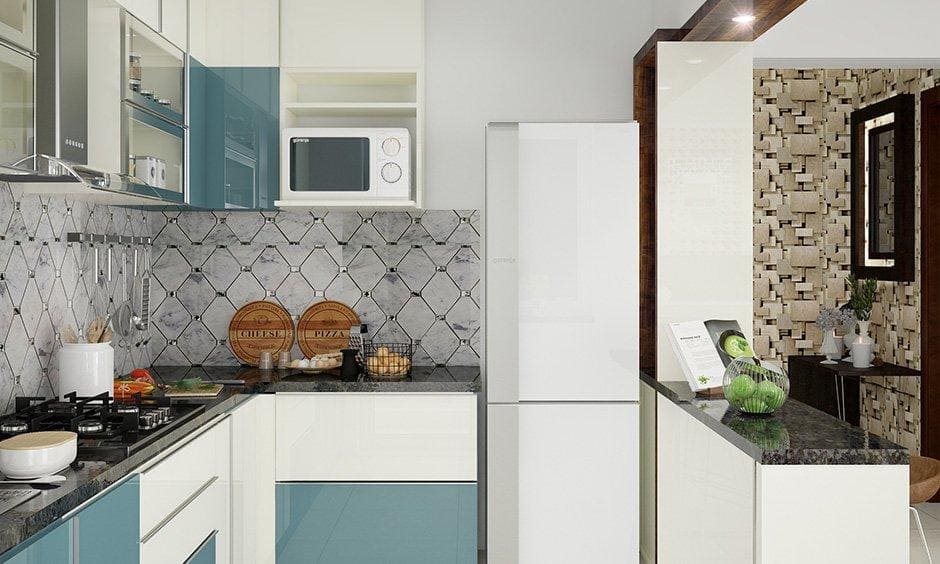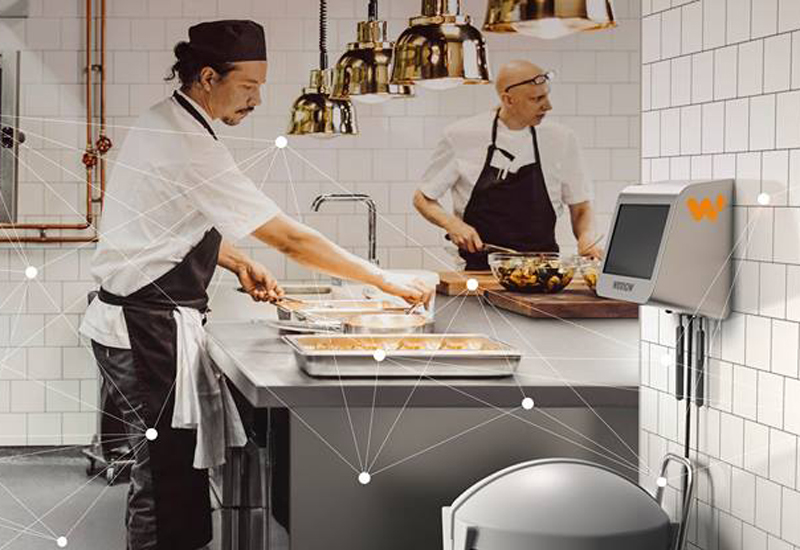In recent years, the advent of smart robot vacuums has revolutionized the way we clean our homes. These innovative devices have become a staple in many households, offering convenience and efficiency in maintaining cleanliness. In this article, we will delve into the world of smart robot vacuums, exploring their features, benefits, and how they can enhance your daily life.

What Are Smart Robot Vacuums?
At their core, smart robot vacuums are autonomous cleaning devices designed to navigate and clean floors without human intervention. They are equipped with sensors, cameras, and advanced algorithms that enable them to map out your home and efficiently clean various surfaces such as carpets, hardwood, and tiles.
How Do Smart Robot Vacuums Work?
These devices operate by utilizing a combination of sensors and mapping technology. They can detect obstacles, avoid collisions, and even return to their charging station when the battery is low. Advanced models come with Wi-Fi connectivity, allowing users to control them via smartphone apps or integrate them with voice assistants like Alexa.
The Technology Behind Smart Robot Vacuums
The efficiency of smart robot vacuums lies in their cutting-edge technology. Most models are equipped with LiDAR sensors and cameras that create a 3D map of your home. This mapping technology allows the vacuum to identify the most efficient cleaning path, ensuring that every corner of your home is reached.
Benefits of Using Smart Robot Vacuums
One of the primary benefits of smart robot vacuums is their ability to save time and effort. You can schedule cleaning sessions, ensuring that your floors are always spotless without lifting a finger. Additionally, their small size allows them to clean under furniture and in tight spaces that traditional vacuums might miss.
For those interested in creating a fully integrated smart home, these vacuums can be a perfect addition. They can be part of a larger home automation system, working in conjunction with devices like geofencing setups to start cleaning when you leave the house.
Choosing the Right Smart Robot Vacuum
When selecting a smart robot vacuum, it’s important to consider factors such as battery life, suction power, and compatibility with other smart devices. Some models offer advanced features like mopping capabilities and self-emptying dustbins, providing added convenience.
Understanding Features and Specifications
Different models come with varying features. Consider whether you need features like multiple cleaning modes, scheduling options, or integration with other smart home systems. Evaluate your homes layout and cleaning needs to choose the right model.
Price and Value Considerations
While advanced models can be more costly, they often offer superior features and durability. Balancing price with the features you truly need is key to making a wise investment.
Common Challenges and Solutions
While smart robot vacuums offer numerous advantages, they may encounter challenges such as getting stuck on obstacles or running out of battery mid-clean. Regular maintenance, like cleaning sensors and emptying dustbins, can help mitigate these issues.
Overcoming Connectivity Issues
Connectivity problems can arise if your Wi-Fi signal is weak. Ensure your network is strong, and consider using a troubleshooting guide to resolve any connectivity issues.
Maintaining Your Robot Vacuum
Regular maintenance is crucial for optimal performance. Clean brushes and wheels regularly and check for software updates to keep your device running smoothly.
The Future of Smart Robot Vacuums
As technology advances, smart robot vacuums are expected to become even more efficient and versatile. Future models may include features like advanced AI for improved decision-making and enhanced cleaning capabilities.
Integration with Smart Home Ecosystems
Future developments may see these vacuums becoming integral parts of smart home ecosystems, working alongside other devices to create a seamless living experience. Imagine a world where your vacuum starts cleaning based solely on your daily routine, thanks to advancements in home automation.
Smart Robot Vacuums for Different Lifestyles
Whether you live in a small apartment or a large house, there’s a smart robot vacuum suited to your lifestyle. These devices can adapt to various floor types and home layouts, making them versatile additions to any home.
For Families and Pet Owners
Families and pet owners will appreciate models with strong suction power and advanced filtration systems to handle pet hair and allergens efficiently.
For Elderly and Disabled Users
Smart robot vacuums can significantly benefit elderly and disabled individuals by reducing the physical effort required to maintain a clean home. They can be easily controlled through smartphone apps or voice commands, providing added convenience.
For Tech Enthusiasts
Tech enthusiasts will enjoy experimenting with the latest models that offer AI integration and smart home compatibility. These vacuums can be part of a larger smart home network, offering unique features like multi-room automation and voice control.
Conclusion
Smart robot vacuums are transforming the way we approach household cleaning. With their advanced technology and seamless integration into smart home systems, they offer unparalleled convenience and efficiency. Whether you’re a busy professional, a parent, or a tech enthusiast, a smart robot vacuum can enhance your lifestyle by keeping your home clean with minimal effort.

FAQs
Are smart robot vacuums worth the investment?
Yes, for many people, the convenience and time-saving benefits outweigh the initial cost, making them a valuable investment.
Can smart robot vacuums replace traditional vacuums?
While they are highly efficient, they might not completely replace traditional vacuums, especially for deep cleaning tasks.
How often should I clean my smart robot vacuum?
It’s recommended to clean the vacuums brushes and sensors at least once a week to ensure optimal performance.





